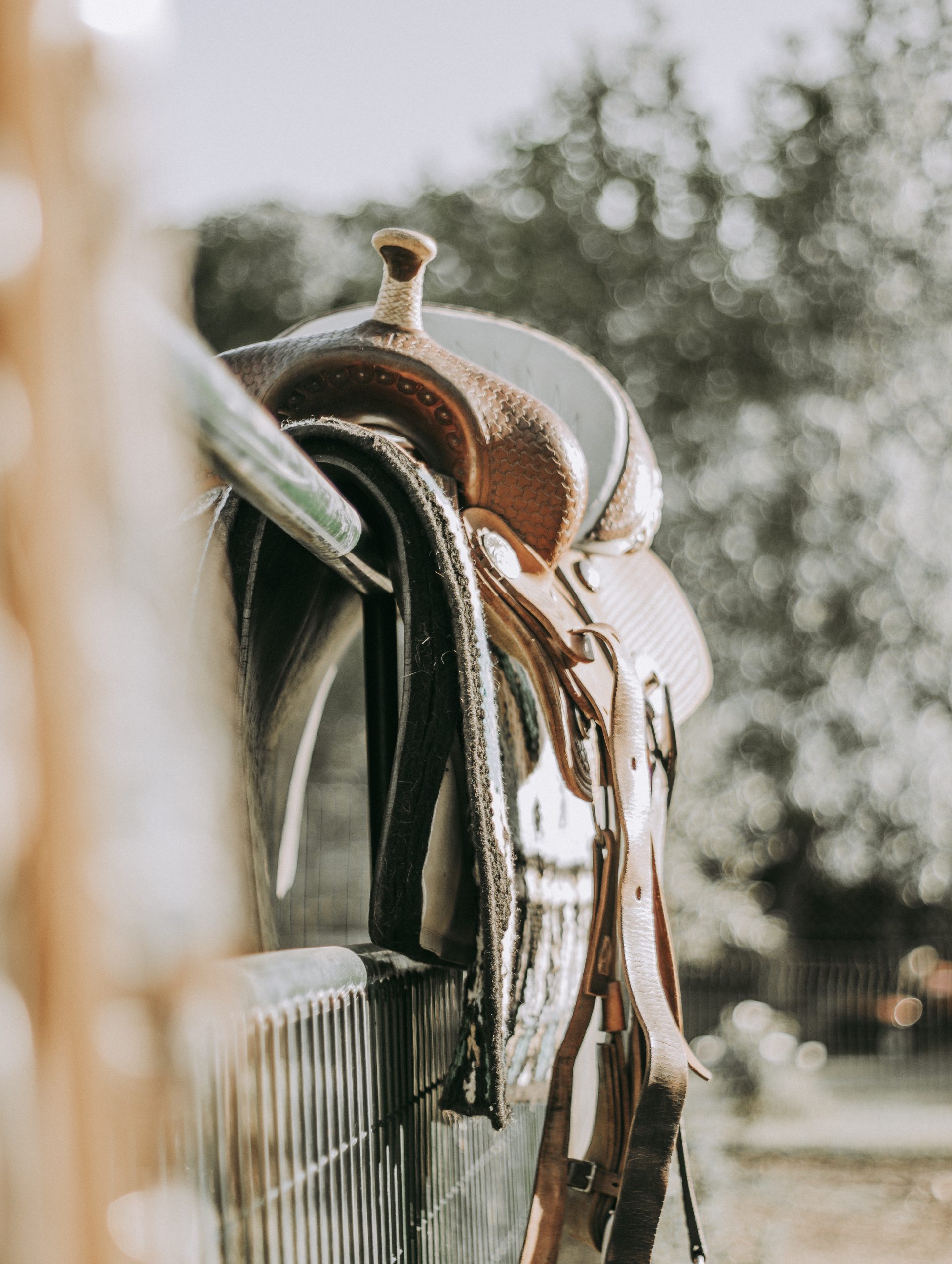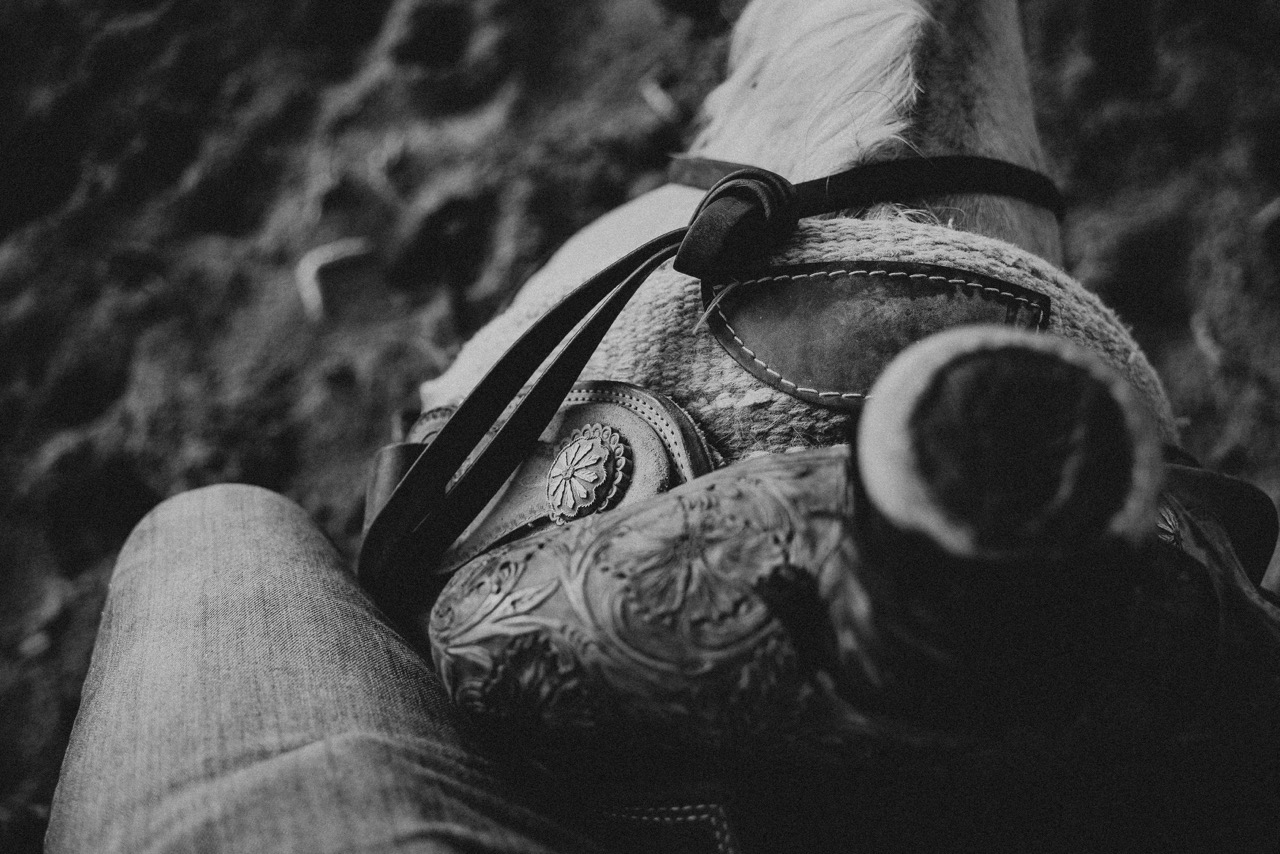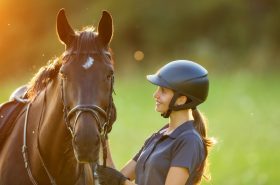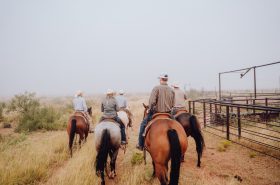A good saddle with fit both the rider and horse.
There are so many different elements of a western saddle. Finding the right one can
seem overwhelming! For starters, this saddle will need to fit both you and your horse.
The gullet, tree, seat size, and type of saddle will all influence your decision. It’s
important you learn about these various factors when making your pick. Ultimately, it can
be extremely helpful to try multiple options and have a saddle fitter’s opinion on them.
Consider these factors when buying your new western saddle…
Fitting the Rider
Your body’s size and proportions will impact the saddle you need. Those
with longer legs will need a saddle that accommodates them, as do shorter riders. It’s
not always as easy as sizing up in the seat. Try different brands and models to
see what suits your body best.
Ideally, your behind will sit right at the base of the cantle. Your thighs will have a two to
three-finger gap at the swell. Your seat should feel snug, but not squeezed. Your stirrup
length should allow you to maintain a proper leg position.
Each rider will have preferences to the different types of saddles. Some will want one
lightweight and padded. Others will enjoy a deep seat or thin fenders. You won’t know
what you like until you ride in a few. The discipline you ride may also impact the type
you pick. A barrel racing saddle is built for speed, while a trail rider will have comfort
features.

Fitting the Horse
Fitting the saddle to the horse can get a bit tricky. Not only can a poorly fitted saddle
cause behavioral problems, but it can cause injury to their back. They may even
begin to move differently to avoid pressure, such as taking short, choppy steps.
Let’s start with the gullet and wither clearance. In most cases, you’ll want two to three
fingers between the gullet and your horse’s withers. A too-narrow saddle will pinch,
while a too wide one will fall on their withers.
The bars of the saddle are helpful in determining gullet width and fit. You want a saddle
that doesn’t put pressure on the spine and offers plenty of clearance. The panels should
not have any gaps where the saddle lays on the horse’s back. You can feel underneath
to ensure there is even contact.
Some standard bar measures include:
Regular Quarter Horse Bars (RQHB) – 5 ¾” to 6 ¼”
Semi Quarter Horse Bars (SQHB) – 6 ¼”
Arabian Saddle – 6 ½” to 6 ¾”
Full Quarter Horse Bars (FQHB) – 7”
Haflinger – 7 ½”
Draft Horse – 8”
Unfortunately, each brand may have slightly different measurements. They’re not
consistent across the various companies.
When testing a new saddle, you should set it down on the horse’s back without a pad.
It should be balanced without much rocking. You can place your hand on the horn and
cantle to check for this. While observing the saddle on the back, also consider the
length. It should not be longer than the horse’s last rib.
Most riders don’t recognize how important saddle fit is. They may also underestimate
how difficult it is to find a well-fitting one. With all these factors to consider, your best
approach is to work with an independent saddle fitter who will have a variety of brands
and types to try.




